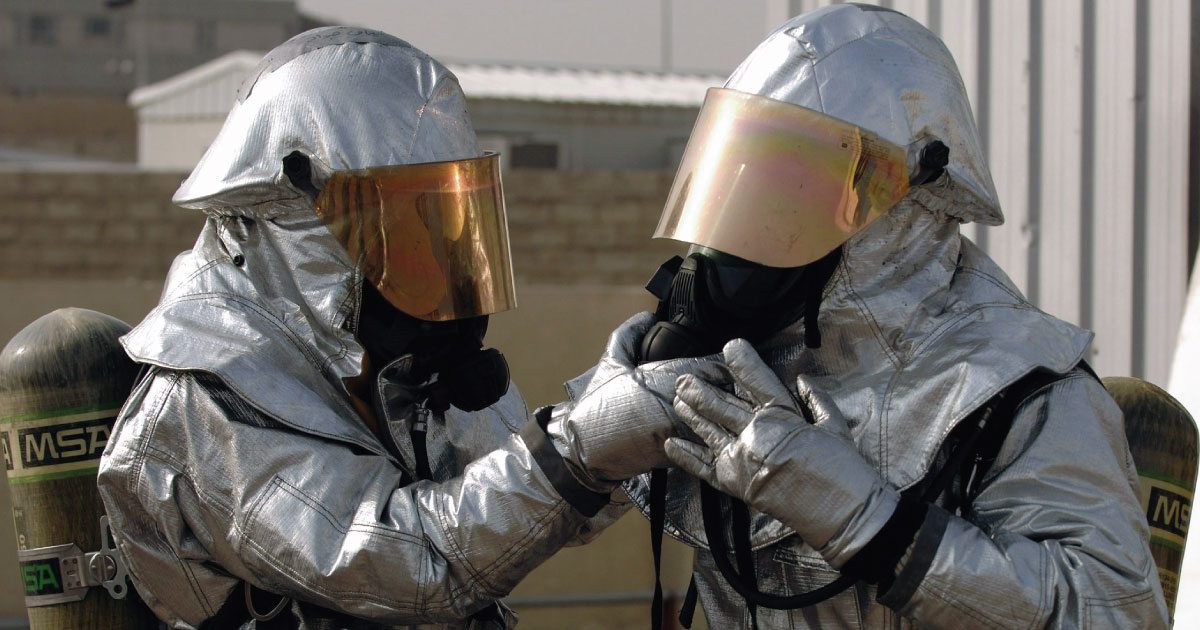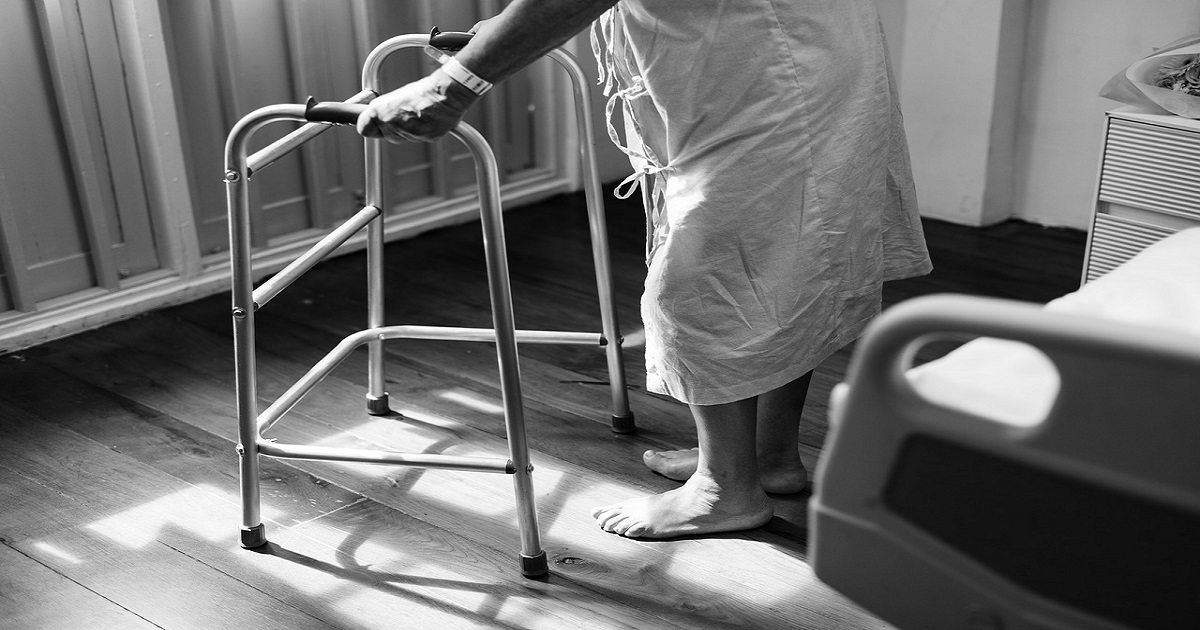Mesothelioma Help Cancer News

Anti-Cancer Treatment May Bring Mesothelioma Closer to Becoming a Manageable Chronic Condition
Although mesothelioma is an incurable cancer, more and more patients are living long, productive lives after diagnosis. For them, the disease has become a chronic condition they can manage rather than a cancer that consumes them. Now, one anti-cancer drug is keeping some cancer patients alive and well for many years beyond their initial prognosis.
According to a March 9 NBC News story, Gleevec (imatinib), a daily drug for chronic myelogenous leukemia (CML), has been successful in keeping patients with the cancer alive for more than 10 years.
http://www.nbcnews.com/health/cancer/cancer-pill-gleevec-keeps-patients-alive-well-decade-n730951
In a study funded by Novartis, the maker of the drug, researchers found that 83 percent of patients lived 10 years or longer, with minimal side-effects from the drug.
Before Gleevec, CML patients had to endure highly toxic chemotherapy treatments or submit to a bone marrow transplant. Without either of those options, the patient’s prognosis was grim, said Dr. Richard Silver, a hematologist and oncologist at New York Presbyterian-Weill Cornell Medical Center who helped first test the drug in patients.
The Gleevec study results were so good that the trial was halted and all patients were given the drug, the U.S. FDA approved the drug, and, according to the Leukemia & Lymphoma Society, somewhere from 36,000 to 100,000 Americans are now CML survivors. Ultimately, some patients are able to stop taking the drug, however, they are monitored closely and can go back on the drug if needed.
“To have lived through the opportunity where we can go to a patient and say, ‘We have got this new drug and it looks great’ and it is great,” Silver said. “You can imagine what a thrill it is to see these people and see them live their lives productively, with their jobs and their families and children and grandchildren.”
A chronic disease is one lasting three months or more, by the definition of the U.S. National Center for Health Statistics. About one- fourth of people with chronic conditions have one or more daily activity limitations. Chronic diseases generally cannot be prevented by vaccines or cured by medication, and they also do not disappear. However, the disease is often considered manageable and patients can live their lives.
In separate studies, research points to the possible use of imatinib in the support of lung cancer and mesothelioma patients. In a 2016 study, researchers from the Cancer Research UK, Manchester Institute found the Abelson (ABL) family of nonreceptor tyrosine kinases, ABL1 and ABL2, are “mutated or amplified” in nearly 10% of lung cancer cases and are key to tumor growth. The researchers turned to imatinib, an ABL inhibitor, and found in the lab that it effectively blocked tumor growth. A 2008 study by researchers in Italy found that imatinib “enhances the therapeutic response to gemcitabine” in combination treatment for malignant mesothelioma.
Pleural mesothelioma, an asbestos-caused cancer of the lining of the lungs, is often treated with similar protocols as lung cancer. Both cancers have shown to be aggressive and often reject and defeat many of the common treatments. However, care that has been shown to be successful in helping patients with other challenging cancers continue living a productive life brings hope to the mesothelioma community. The community will be keeping an eye on further Gleevec studies in the hopes the research could translate to mesothelioma care.
“It [CML] was really a death warrant. This has been the thrill of my life,” Dr. Silver told NBC News.
Read the full study on Gleevac in the March 9 issue of the New England Journal of Medicine.
http://www.nejm.org/doi/10.1056/NEJMoa1515725
Photo Credit: NBC News

Help End Asbestos Exposure & the Risk of Mesothelioma
On September 11, 2001, we were all changed forever by the terrorist acts against our country. The first responders involved in the rescue and cleanup of the debris at the World Trade Center in New York, as well as the first responders and victims at both the Pentagon and Shanksville, Pennsylvania sites, continue to be affected by the attacks with various health issues. In response to the attacks that day, the World Trade Center Health Program has been established to follow the health of the responders and survivors of that day from all three sites.
It is estimated that 400 tons of asbestos, used in the construction of the Twin Towers was released into the Manhattan area in the form of a dust cloud. Now, fifteen and a half years later, asbestos continues to be imported into this country with an estimated 100 tons imported in 2016. The latency period for mesothelioma, a cancer caused by asbestos exposure, can take from 15 to 60 years. According to the U.S. Environmental Protection Agency, no amount of asbestos exposure is considered safe.
The World Trade Center Health Program has treated over 65,000 rescue and recovery people.
The cancer rate has increased among firefighters who were at ground zero by 20% compared to other firefighters who were not at the site. A recent study done by the National Institutes of Occupational Safety found that firefighters have a rate of mesothelioma two times greater than the average. Firefighters have a dangerous job every day. Worrying about getting a dreaded cancer should not be added to their already heavy burden.
The Asbestos Disease Awareness Organization (ADAO) is holding its 13th annual International Asbestos Awareness and Prevention Conference April 7-9, 2017 in Washington D.C. ADAO’s purpose is to raise awareness, educate, and activate the community about the dangers of asbestos. For more information visit: www.asbestosdiseaseawareness.org.
The survivors, the rescuers and recovery workers continue to deal with the aftermath of 9/11 with ongoing health issues. Everyone who is grateful for the support of our first responders should be proactive and get involved in helping eliminate the asbestos risks that affect Americans. Help ban asbestos in the U.S.

Loss of Loved One to Mesothelioma Motivate You To Help Others
The passing of someone you love changes you; anyone who has suffered a deep loss will tell you this. There is something about you that is just not the same afterward. There is pain, an ache, that never goes away, no matter how much time goes by.
Loss is a constant presence in the room, causing you to look for the one you lost, playing a cheap trick and laughing when you realize that they are not there. Loss is a hunger, a need for one more moment together, one last “I love you” that you know will never come. Loss is excruciating.
In the days and weeks following my father’s death, I wondered how I would go on for the rest of my life without him. I contemplated possible scenarios that may come my way and how I would handle myself without my most trusted advisor. I prayed, and still do, for the strength to find myself in this new world, this new reality that I can’t look in the eye.
I never thought that I would have to go through life without my Dad. Losing him when I was 30 was incomprehensible to me; there was no way that this could be real. I’ve come to learn that even though I’ve accepted the fact that my father is no longer with me, I still haven’t come to terms with it completely. I go on with my life as if nothing happened, but inside, I know the truth.
I know that my heart has been broken and a piece of it will never be repaired. I know that this quiet, gentle man who I called “Dad” took a part of me with him, but also left some of himself here for me. I don’t think that you truly ever move on from such an immense loss. Maybe we learn to cope and function, but we’re never really the same.
If there is one lesson that I can learn from my experience, it may sound cliché, but it’s that life is truly short. I believe that we are each given this beautiful gift of life, and with it comes an amazing opportunity to make someone else’s life better. Don’t be afraid to do great things.
Let the change in you, the one resulting from loss, motivate you to make your life the best it can be, and share that with everyone around you. Be an example of kindness in the face of adversity, love when you are in sorrow, and peace when everything seems to be falling apart. Be a spark of hope, show loss who’s boss.

How Does Mesothelioma Affect Your Body?
Mesothelioma can cause fluid buildup in your heart, lungs, and abdomen; pain in your chest, stomach, and back; and flu-like symptoms. It can also bring on weight loss and fatigue. Although mesothelioma is a challenging disease to manage, knowing how it will impact your body may better help prepare you for the road ahead.
Head and Brain
- Mesothelioma can affect a patient’s mental stability leading to depression, anxiety, and sadness.
- Confusion, forgetfulness, and brain fog are common complaints for mesothelioma patients on chemotherapy. This is sometimes referred to as “chemo brain.”
- Patients may experience general malaise from mesothelioma, including flu-like symptoms such as chills, fever, night sweats, headache, runny nose, congestion, sore throat, and cough.
- Pericardial mesothelioma patients can feel lightheaded or dizzy.
Lungs
- Pleural mesothelioma is the most common form of the asbestos cancer, found in the outer lining of the lungs and primarily causing respiratory issues.
- Fluid builds up between the lungs and chest, known as pleural effusion, impeding the patient’s breathing by limiting the expansion of the lung. This results in chest pain and a shortage of oxygen that leads to shortness of breath and fatigue.
- Infection of the airways and lungs, often caused by bronchitis and pneumonia, is accompanied by excessive coughing, a tight feeling in the chest, increased rate of breathing, and wheezing. These infections are life-threatening to mesothelioma patients and require immediate medical attention.
- Constant and acute coughing can be painful and exhausting.
Chest
- Mesothelioma tumors present as a large mass that blends in with healthy tissue and may lead to pain under the rib cage and/or unusual lumps of tissue under the skin on the chest.
- Over half of pleural mesothelioma patients suffer pain in the lower, back, and sides of the chest caused by pressure from the tumors.
- For surgical patients, the pleurectomy/decortication (P/D) or extrapleural pneumonectomy (EPP) procedures result in significant pain from the incision made on the side of the chest (thorax) to get to the lungs. Pain in the chest area and incision site can last for several weeks or for months after surgery.
Heart
- Pericardial mesothelioma attacks the pericardium, or the tissue sac that contains the heart and the primary blood vessels. Pericardial mesothelioma patients are said to experience the most severe cancer pain.
- Chest pain and fatigue after exertion are common among pericardial mesothelioma patients.
- The heart struggles to fully expand from the inflammation and can be constricted. Heart palpitations, irregular heartbeat, and heart murmurs are all symptoms.
- Fluid can build in the heart, causing the heart to try to work even harder and resulting in overall fatigue.
Back
- Mesothelioma can irritate nerves throughout the chest or the lining of the lungs that can be felt as pain in the back.
- Mesothelioma that has metastasized to bones in the spine can lead to back pain.
Stomach
- Peritoneal mesothelioma affects the lining of the abdomen and can cause significant discomfort in the abdominal area.
- Patients can experience abdominal pain and tenderness as a result of the tumor, swelling, and surgery.
- Nearly all patients suffer from fluid accumulation, which leads to uncomfortable abdominal swelling or distension.
- Lumps of tissue in the abdomen may be noticed.
- Weight loss is often experienced by patients of all types of mesothelioma.
Arms
- Weight loss is common for mesothelioma patients and is often noticed in the arms.
- Neuropathy (see Feet) can also affect a mesothelioma patient’s hands.
Legs
- Mesothelioma patients are especially susceptible to blood clots, or deep vein thrombosis, due to the high doses of chemotherapy, limited mobility from fatigue and breathing difficulties, and the invasive surgeries that require significant time confined to a bed. Deep vein thrombosis occurs when a blood clot forms in one or more of the deep veins in your body and most often is found in the legs.
- Pericardial mesothelioma patients often experience swelling of the legs, ankles, and feet due to fluid retention.
Feet
- Neuropathy, also called peripheral neuropathy, is weakness, numbness, tingling, or burning often felt in the feet and hands caused by nerve damage. Neuropathy often results from chemotherapy treatments for mesothelioma. Neuropathy can impair a patient’s ability to walk, and a cane may be needed for stability.
Testicles
- Tunica Vaginalis (testicular) mesothelioma is the rarest form of asbestos cancer and is found in the tissues surrounding the testes.
- A mass in the testicle, accumulation of fluid in the scrotum and testicular swelling are common symptoms of this cancer.
Psychological Effects of Mesothelioma
Dealing with the physical effects of mesothelioma is hard enough, but managing family and financial issues at the same time can lead to additional harmful health effects from the stress. A stressed patient is less likely to respond to cancer treatments and could experience a further decline in health.
Physicians believe that a positive outlook and affirming thoughts can result in the improvement in a patient’s health. Many mesothelioma patients try to look beyond the disease and focus on what they can control.
Some ways to ease stress include:
- Build a strong emotional connection with your medical team.
- Be an empowered patient by taking on treatment in collaboration with your doctor.
- Find emotional support from loved ones, friends, or through support groups.
- Take on a daily meditation ritual, listen to soothing music, or read poetry or empowering quotes.
- Seek comfort from your pet or a therapy pet.
Get Legal Help in Your Fight Against Mesothelioma
If you or a loved one has been diagnosed with mesothelioma, legal help is available. Contact us today to learn about your legal options for pursuing the compensation you deserve.

Nurse Explains Pain Medications for Mesothelioma Patients
No one wants to be in pain. Pain can be debilitating and it can prevent us from enjoying our lives. Controlling pain often requires a multidisciplinary approach. The approach can include medication, guided imagery, meditation and other therapies.
The definition of pain by the International Association for the Study of Pain is, “An unpleasant sensory and emotional experience associated with actual or potential tissue damage, or described in terms of such damage.” Pain experience is individual and unique to the person experiencing the pain.
This week we saw a mesothelioma patient who was recovering from surgery, but did not want to take any pain medications once he left the hospital. The reasons for pain medications are multi-faceted. They can help reduce the chances of pneumonia, that can be a result of not being able to take a deep enough breath. They can help prevent blood clots that form when patients cannot move around enough to prevent blood clots. Pain medication can help a patient sleep better. Poorly managed pain can lead to complications and a longer rehab.
Why didn’t our patient want to take the pain medication? He wanted to get better, he wanted to walk, he wanted to sleep at night, he wanted to go home. What he didn’t want was to become addicted to pain medication. He had heard that is where some people start on the road to addiction and he was not going down that road. A study published in JAMA in 2016, can help quell those fears. According to the researchers, just “0.4% of patients continue to receive prescriptions for opiates at one year.” Previous studies report only about 3% still taking opioids after three months.
Generalizations do not work when managing pain. Like mesothelioma, every person’s disease is different, everyone’s reaction to pain medication, how it works for them, whether they need more or less, is something that should be individualized between the patient and his doctor. The control of pain and it’s side effects, will make for a better recovery, less complications, and get you back to your life.
It is important to discuss your concerns with your care team. Communication with your team about your pain and whether it is improving , changing, or increasing will help your recovery, and improve your patient experience. One size does not fit all! Discuss with your team your concerns and fears- it will lead to a better experience.
Free Mesothelioma Patient & Treatment Guide
We’d like to offer you our in-depth guide, “A Patient’s Guide to Mesothelioma,” absolutely free of charge.
It contains a wealth of information and resources to help you better understand the condition, choose (and afford) appropriate treatment, and exercise your legal right to compensation.
Download Now